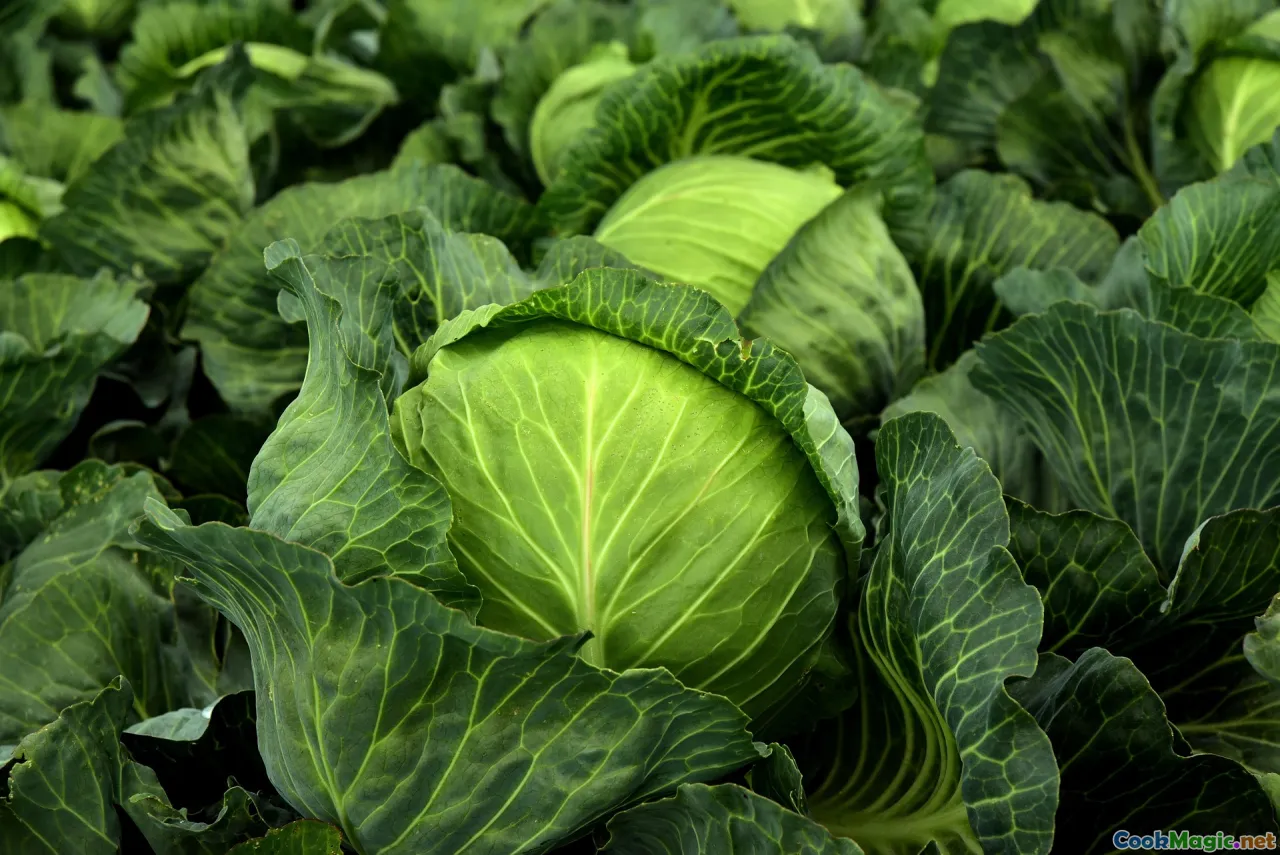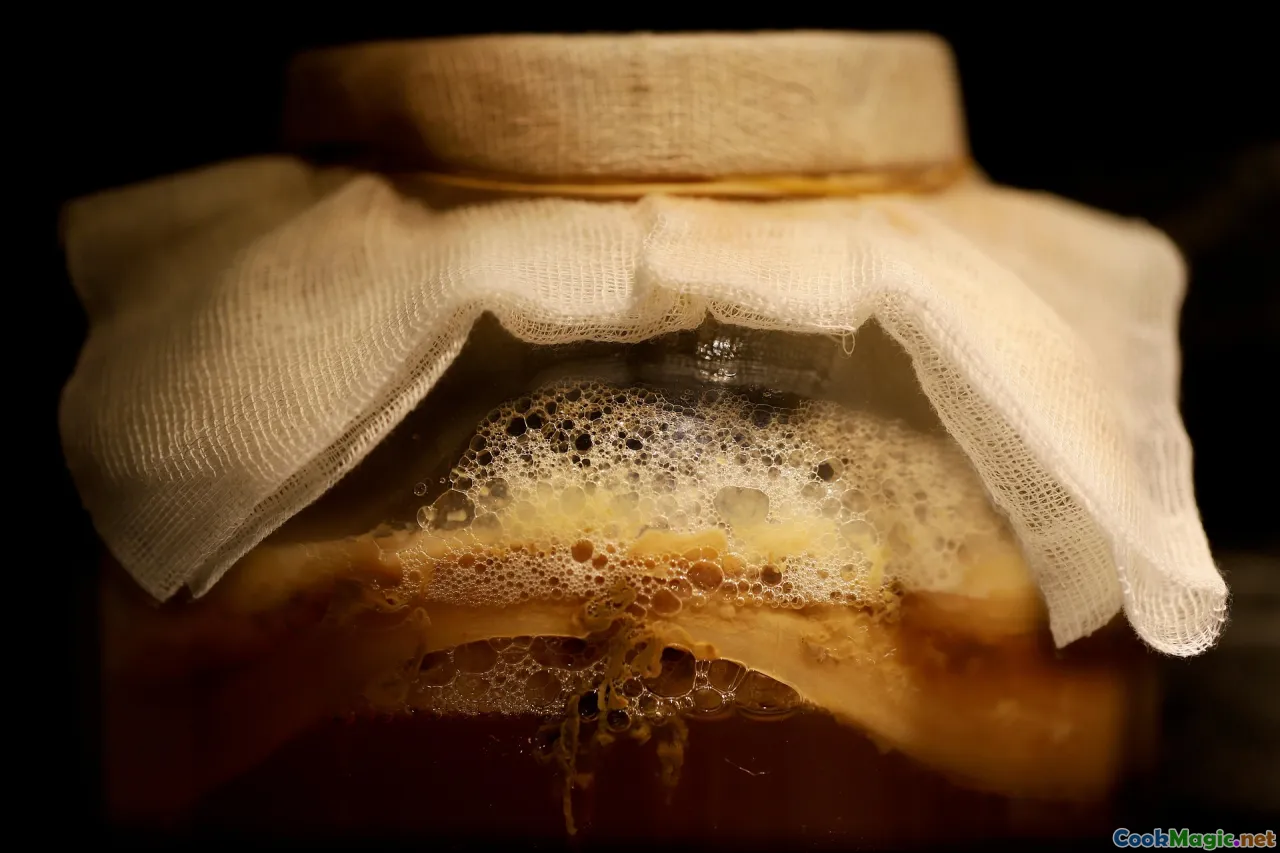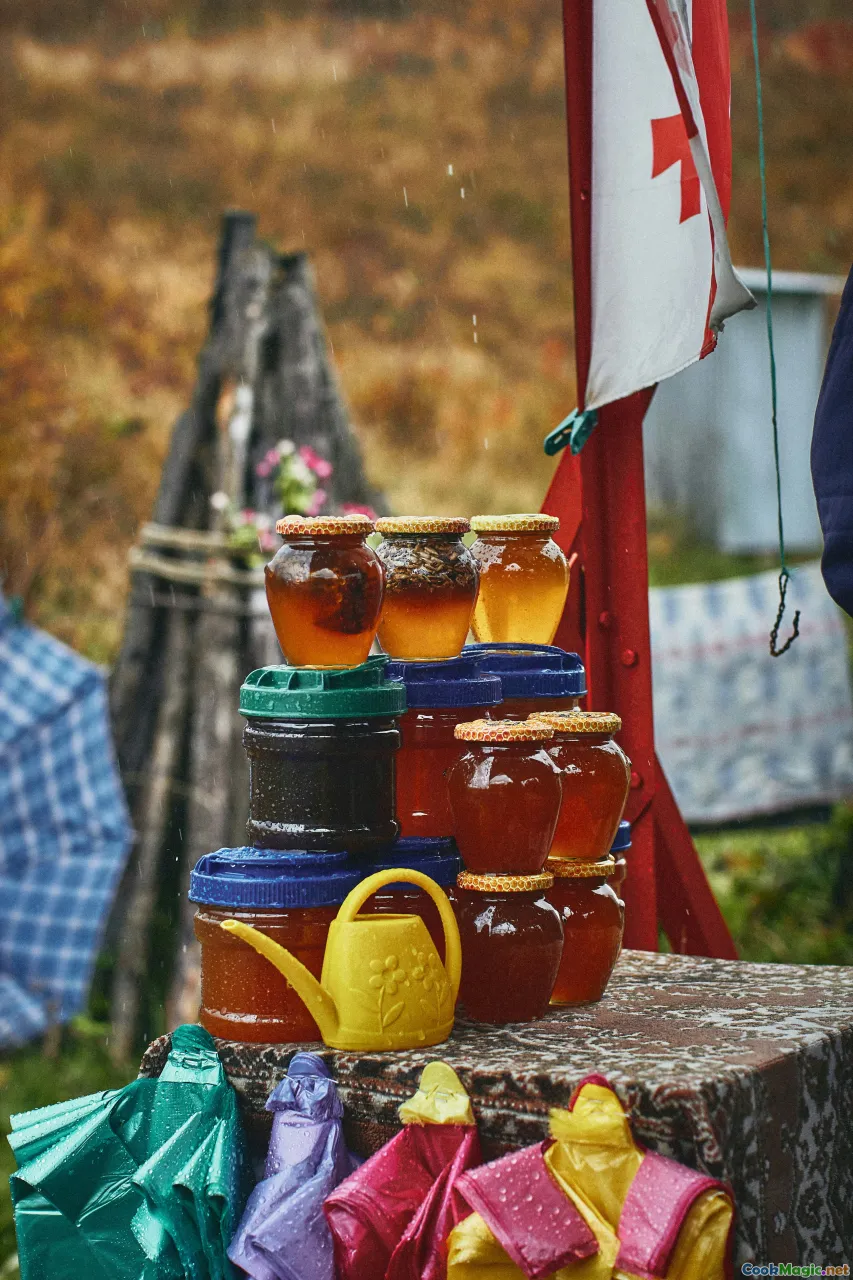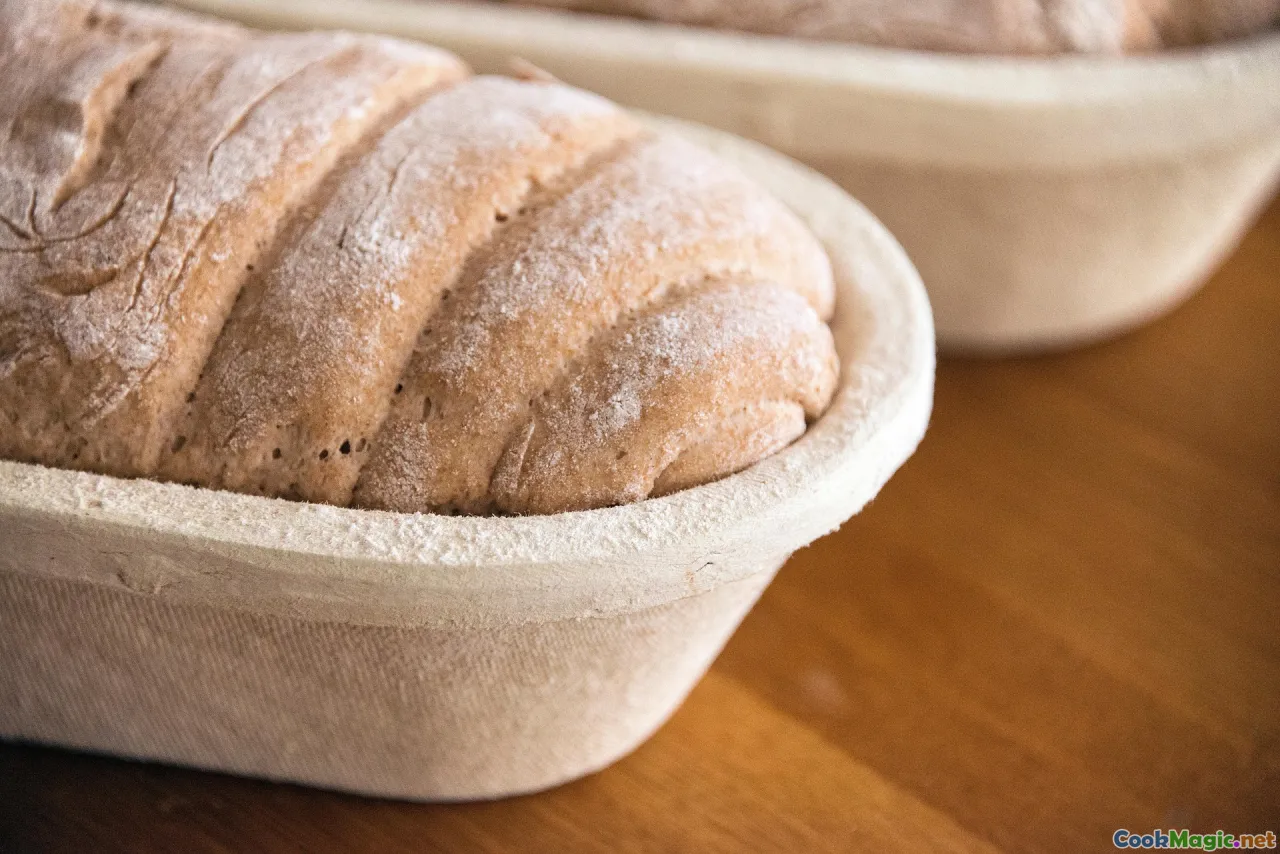The Role of Sauerkraut in Traditional Czech Food
12 min read Explore how sauerkraut shapes Czech culinary heritage through iconic dishes and cultural traditions. September 28, 2025 12:05
The Role of Sauerkraut in Traditional Czech Food
Imagine walking through the cobbled streets of Prague in late autumn, the air crisp and tinged with the scent of simmering stews and fermented delicacies. Among these, one staple quietly embodies centuries of Czech gastronomic history: sauerkraut. Vibrant, tangy, and bursting with life and tradition, sauerkraut isn't just a side dish—it is a symbol of resilience, simplicity, and the rich culinary tapestry of the Czech Republic.
In this exploration, we'll delve into the deep roots of sauerkraut in Czech cuisine, uncover its indispensable role in traditional dishes, and even offer tips on how to incorporate this savory fermented cabbage into modern meals. Let’s open the fermented vault and taste history itself.
The Historical Tapestry of Sauerkraut in Czech Culture

Czech cuisine, steeped in centuries of agricultural tradition, leverages humble ingredients to create hearty, soulful dishes. Sauerkraut's journey into Czech kitchens traces back to medieval times, when fermentation was a vital preservation method before widespread refrigeration. The Czech lands, with their temperate climate and fertile lands, were ideal for cultivating cabbage—a staple vegetable.
Ceremonious and everyday uses of sauerkraut have persisted through Dynastic upheavals, wars, and political transformations. It was, and still is, considered comfort food and a symbol of resourcefulness—a way to stretch out vegetables during the cold, lean winters.
Culturally, sauerkraut entered Czech households not merely as food, but as part of communal tradition. Families would ferment cabbage together, passing recipes down through generations, embedding this simple act in their collective identity. Today, it remains a cherished reminder of rural Czech life and resilience.
Fermentation: The Heartbeat of Czech Sauerkraut

The process of transforming fresh cabbage into sauerkraut is both art and science. Czech fermentation techniques are renowned for producing a crisp, tangy, and intensely flavorful product. The method involves finely shredding cabbage, salting it generously, and pressing it into fermentation vessels—often traditional wooden barrels or glass crocks.
The salting plays a dual role: it draws out moisture and creates an inhospitable environment for spoilage-causing bacteria while nurturing a healthy lactic acid fermentation process. Over days to weeks, natural bacteria convert sugars in the cabbage into lactic acid, creating its characteristic tang.
Czech fermenters often rely on their senses—smelling for a clean, citrus-like aroma and observing bubbling activity—to gauge their sauerkraut's readiness. Some regions prefer the slightly sweeter, less fermented batch, while others prize the intensely sour, crumbly varieties.
Signature Czech Dishes Featuring Sauerkraut

Sauerkraut isn't merely a condiment but a vital ingredient in several beloved Czech dishes. Its acidity and crunch provide a perfect foil to rich, tender meats and hearty stews. Let's explore some of the most iconic uses:
1. Zelňačka (Sauerkraut Soup)
This warming soup combines sauerkraut with potatoes, onions, smoked meat (like ham or sausage), and spices such as bay leaves and black pepper. The result is a thick, sour, and smoky broth that evokes comfort on cold Czech evenings. Its tangy brightness cuts through the richness of smoked meats, and the texture of the fermented cabbage adds a welcoming chew.
2. Guláš s kysaným zelím (Goulash with Sauerkraut)
A Czech twist on the Hungarian classic, this hearty stew melds tender chunks of beef or pork with paprika, garlic, onions, and a generous helping of sauerkraut. The fermentation's acidity thickens the sauce, while the acidity also acts to tenderize the meat further. Served with crusty rye bread, it’s the embodiment of rustic Czech cooking.
3. Svíčková s kysaným zelím (Marinated Sirloin with Sauerkraut)
Svíčková is a horn of hearty pride—a marinated beef sirloin served with a creamy vegetable sauce and traditionally accompanied by bread dumplings. Many Czech cooks enrich this dish with a spoonful of sauerkraut on the side or stirred into the sauce occasionally, adding a subtle tang that cuts the richness.
4. Kettle-cooked sauerkraut with smoked meats
Simple but iconic—sautéed sauerkraut with diced smoked sausages, knuckles, or ham hocks, often flavored with caraway seeds and bits of onion. It's a dish that celebrates the flavors of smoked meats balancing the sharp acidity of fermented cabbage.
How Sauerkraut Shapes Cultural Traditions and Festivities

In Czech culture, sauerkraut frequently appears in traditional festivals, especially during winter holidays and pig-slaughters—a communal event celebrating the year's harvest. These gatherings are as much social as culinary, where families and neighbors work together, fermenting and tasting different batches of kraut.
A classic example is the Masopust (Carnival), where feasts feature sauerkraut-laden sausages, roasts, and stews. Fermented cabbage acts as both sustenance and a symbol of communal resilience, its pale green and white palettes lifting spirits amidst cold cheer.
Throughout these festivals, storytelling and songs revolve around sustainable farming, aging fare, and passing down cherished recipes emphasizing respect for local ingredients.
The Subtle Art of Making Perfect Czech Sauerkraut

While many Czech families have their secret recipes, some essential tips can help any enthusiast craft authentic, crispy sauerkraut:
- Use fresh, high-quality cabbage: The best kraut starts with fresh, firm heads.
- Salt adequately: Typically, about 2% salt by weight of cabbage; this encourages good fermentation.
- Press firmly: Removing air pockets ensures even fermentation and prevents mold.
- Maintain temperature: Fermentation is best between 18–22°C (64–72°F). Cooler environments prolong fermentation and develop richer flavors.
- Taste and monitor: Bubbling and a clean sour aroma are signs of good fermentation. Adjust timing based on taste—crisp and mildly sour versus intensely fermented.
Making kraut is as much an art as a ritual—it rewards patience and intuition.
Integrating Sauerkraut into Modern Czech-Inspired Cuisine

Though rooted in tradition, contemporary chefs and home cooks find new ways to celebrate sauerkraut's vibrant character. From incorporating it into pizza toppings, blending into spicy salads, or even stuffing dumplings with spiced sauerkraut, the possibilities are vast.
For a modern Czech twist, try incorporating sauerkraut into a vegetarian layered casserolewith roasted root vegetables topped with a dollop of sour cream—a dish honed to appeal to health-conscious palates while respecting the flavors of tradition.Fermented cabbage lends a nuanced tang with crunchy texture and probiotic benefits that amplify flavor and gut health—ideal for the modern foodie seeking comfort and wellness.
Personal Reflections and tales from Czech kitchens

As a culinary explorer who has wandered Czech markets and kitchens, I've witnessed countless stories that pivot around sauerkraut—stories of family feasts, of working farms, of late-night fermenting sessions where the smell of bubbling cabbage becomes a comforting presence.
One such memory is of an elderly Czech woman in a small village near Pilsen. Her hands, calloused yet gentle, demonstrating how to shred cabbage with a traditional wooden knife, humming along to folk tunes. Her secret? Always using cabbage that’s been ripened under the autumn sun and salt harvested from nearby springs.
Her homemade kraut, served with freshly smoked koleno (pork knuckle), was a revelation—tangy, supple, with a whisper of sweetness from natural fermentation. It encapsulated the essence of Czech culinary warmth and tradition.
The Enduring Charm of Sauerkraut in Czech Identity
From rustic cottages to sophisticated restaurants, sauerkraut remains more than an ingredient; it embodies the Czech spirit of resilience, practicality, and reverence for tradition. Its pleasant sourness enlivens hearty dishes, ties communities together during festivals, and connects generations through simple, soulful acts of fermentation.
As you savor Czech dishes seasoned with this humble yet profound fermented cabbage, remember—each bite carries echoes of centuries, a testament to human ingenuity in transforming the simplest of vegetables into a symbol of cultural endurance. Whether in a steaming bowl of zelňačka or a modern sauerkraut-topped burger, its memorable tang is a flavor of Czech life, woven into the very fabric of its culinary soul.









